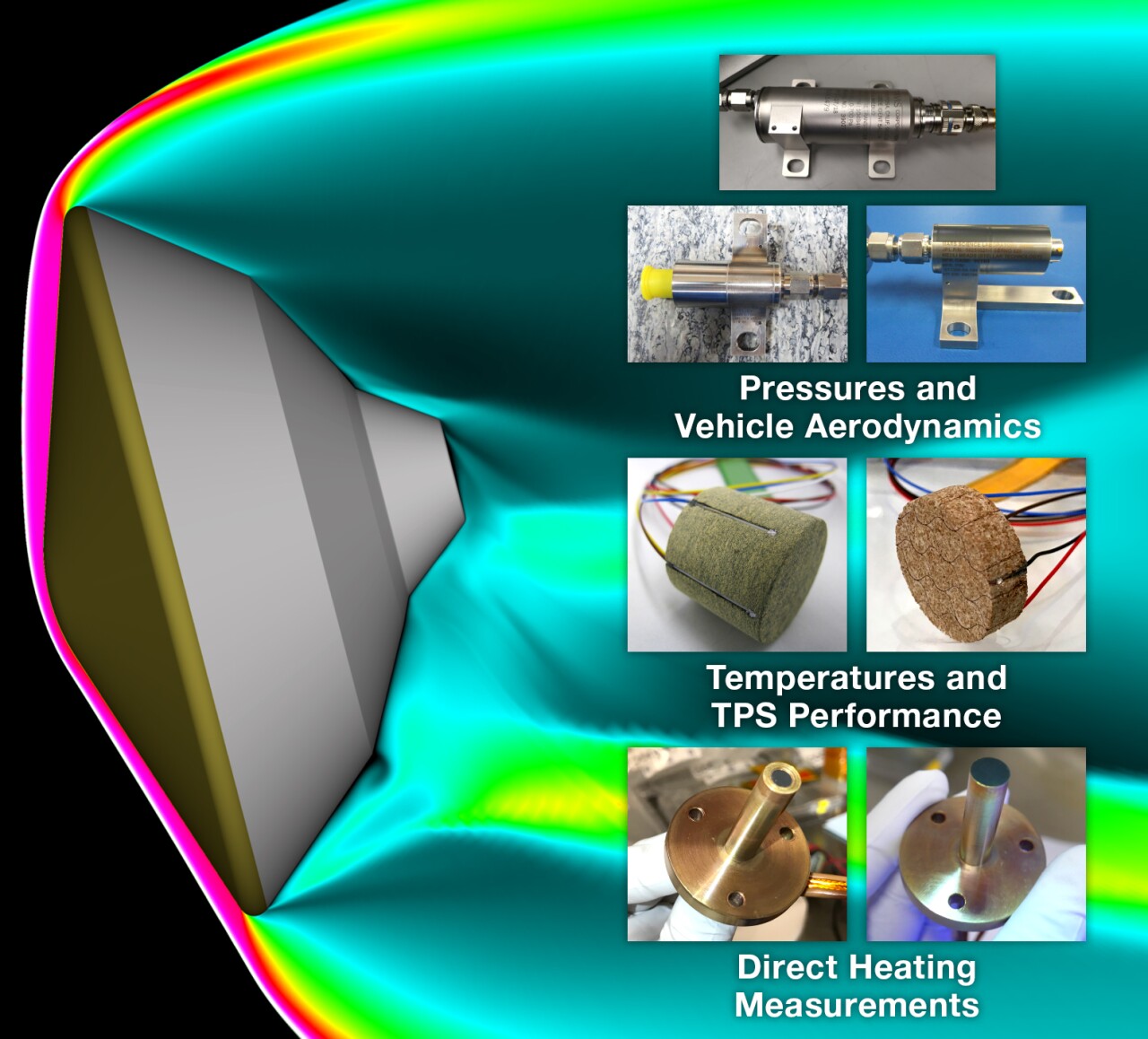HAMPTON, Va. - At 3:55 p.m. on Thursday, David Way and his team will be in a control room-like space at Langley Research Center, anxiously awaiting the return of data from more than 100 million miles away.
For Way, the flight mechanics and simulation lead for Mars 2020, this is the big moment.
"This very complex machine that we've designed has to work exactly right and completely autonomously on the very first try because in Entry, Descent and Landing there are no do-overs," Way said during a virtual roundtable with NASA Langley Research Center on Wednesday.
Much of Langley's role into the Perseverance rover's mission to the Red Planet centered around the craft's entry into the Martian atmosphere and descent toward the surface.
Only after it safely lands can the rover begin its historic mission of collecting soil samples that will eventually be brought back to Earth and studied for evidence of past microbial life.
According to Langley engineers, the 'seven minutes of terror' leading up to the landing are crucial: After slamming into Mars' atmosphere at 12,000 mph, Perseverance must hit the brakes. Langley-engineered sensors will monitor heat and other conditions during the entry as part of the Mars Entry, Descent and Landing Instrumentation 2 (MEDLI2) project.

"We get data and the team at Langley and Ames (Research Center) will be working on all the reconstruction efforts to try and figure out how Perseverance actually flew, what it really experienced and how we take that knowledge and apply it to future missions," said Henry Wright, MEDLI2 Project Manager. "Pretty much every minute or so we'll get a burst of data and that'll show us how the temperature profile is changing over time."
A surface camera will then capture the moment a 70-foot-wide parachute, tested at Langley, deploys.
"It deploys incredibly quickly," Juan Cruz, a Langley aerospace engineer and parachute expert working his sixth Mars landing. "We're talking a second and a half so this is a very violent event that needs to be modeled very carefully."

Langley scientists created a simulation to help prepare for this part of the mission, Cruz says. It was run more than 10 million times, but for the real thing, there's only one chance to get it right.
While some data will come in during the entry, NASA won't know if Perseverance landed safely until over 11 minutes after the event.

"There really isn't a contingency to the entry system," said Way.
From here, the data obtained can be used to prepare for future missions to Mars, including those that are manned.
"The technologies for entry, descent and landing that we're using for Mars 2020 are absolutely scalable for future missions," said Michelle Munk, NASA EDL Capability Lead.
As for where and when that will happen, it remains to be seen, although efforts are currently underway to take humans to Mars sometime in the 2030s.
Mars 2020 is set to land in Jezero Crater, where researchers believe water once flowed, making it the best location to potentially locate signs of life.
NASA's coverage of the Mars 2020 landing begins at 2:15 p.m. on Thursday. Click HERE to follow along.
Click HERE for more information on Langley's role in the Mars 2020 mission.





